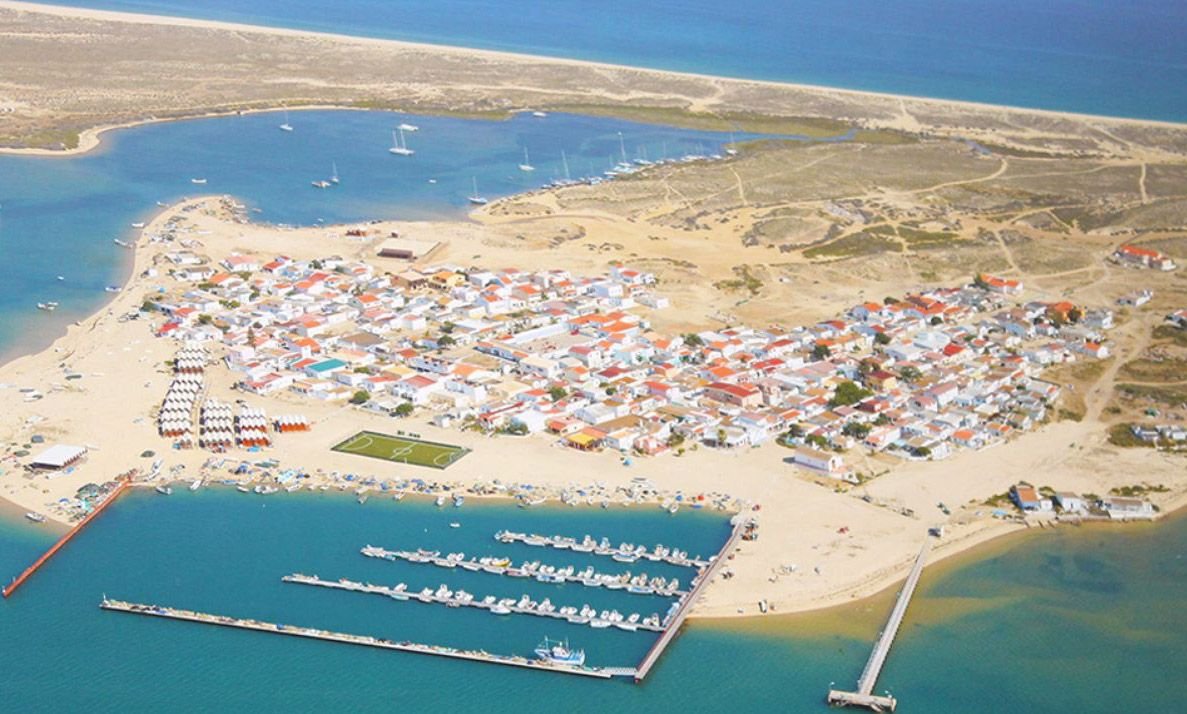
Research and
Technology Development
The islands must achieve sustainable lifestyles by improving resource management and becoming accustomed to renewable energy sources (RES).
Culatra is actively increasing the penetration of renewable energy, to be the first Portuguese territory 100% sustainable by 2030.
In this context, the Culatra Renewable Energy Community (REC) plays a key role, and in January 2023 it was classified by the Energy Services Regulatory Authority as one of four pilot projects nationwide. This means that during its first year of operation, 25 facilities will test new technologies and innovative energy sharing and energy efficiency solutions, in partnership with E-REDES, the distribution system operator (DSO).
The objectives of the Renewable Energy Community Pilot Project on Culatra Island involve:
Posteriori definition of energy sharing schemes based on dynamic coefficients and priority (hierarchy) criteria
Define and test economic models that allow community involvement in financing new renewable energy production units and the respective distribution of generated electricity
Define methods for the involvement of REC members in the coordinated management of consumption in order to maximize the levels of self-consumption energy and the island's self-sufficiency
Define automatic control methods for consumption equipment, which, through IP communication, IoT sensors and AI algorithms, allow consumption to be adjusted depending on generation
Culatra REC, in partnership with UAlg, is developing the REC Smart Monitoring and Control Platform (SMCP). This platform aims to optimize the use of generated energy and test new consumption management methods, such as integrating Individual Energy Management Systems (IEMS) in each one of the 25 pilots’ installations and a Web User Application (WUA) for monitoring. These three elements are described below.
The SMCP is the main server of the Culatra REC and is responsible for processing and circulating information between the IEMS and the WUP.
It is responsible for:
storing the consumption and generation data provided by the IEMS of each building, to be consulted by the consumer through the WUA
verify the availability of energy generated through RES, balancing the energy produced and the energy consumed
verify the balance of the local distribution grid, through the different injection and consumption points
predict consumption and generation based on historical data, using forecasting and AI algorithms
manage the storage and the electric vessels charging units, through communication with the dedicated charging controllers, to supply demand at crucial times, i.e., at times when energy demand and price are high.
SMCP
Another of SMCP's tasks will be the treatment of surplus energy from production through renewable sources. It will be able to decide where to apply these surpluses within the following options:
use for desalination purposes
store in batteries (also applied to the charging of electric vessels) and/or produce green hydrogen
use it on processing steps to create new circular materials/products; and, ultimately
sell to the grid
It is the individual system of monitoring and action of each building. This means that there will be 25 IEMS (one for each building).
It consists in a set of smart modules, such as smart meters, smart plugs and smart controllers that have already been tested by the team in other projects. In this way, IEMS will be able to:
collect consumption/production data and send it in real time to SMCP
receive orders from SMCP in real time to turn on/off scalable loads such as water heaters and air conditioners (in order to adjust demand profile to production curve in real time).
IEMS
IEMS can have several variants, i.e., applied to production, storage, or consumption installations. To do this, some smart modules will have to be adapted, however the IEMS purpose is always the same in all its variants (collecting data and receiving orders from SMCP).
It consists of a web application responsible for the contact with the REC members. It presents general information of the REC such as total production, total consumption, generation forecasts, energy costs, etc.
When used by a consumer owner of a building with an IEMS integrated, it also presents the option to turn on/off their scalable loads, as well as provide detailed information about the building installation (consumption and availability of electricity produced from renewable sources).
The availability of energy produced through renewable sources is presented in the WUA with a simple system of colors (like a traffic light), where the colors signify: (green) availability of electricity produced through RES, (yellow) low availability of electricity produced through RES, and (red) unavailability of electricity produced through RES.
This is a relatively simple way to engage the consumer (members) with the demand response (DR) mechanisms, without requiring additional comprehensive understanding efforts, and thus engaging as many consumers as possible. All this information is transmitted to WUA through SMCP in real time.
WUA
As part of the research and development, a photovoltaic production system was also designed, using genetic algorithms, to optimize the orientation of the solar panels and ensure more balanced production throughout the day, reducing the need for storage.
This can be done simply by shifting the peak energy production that occurs around noon to less conventional times, such as sunrise and sunset, using only the orientations of the solar panels.
This approach can serve as a basis for new landscape architectural concepts using photovoltaic systems and can be replicated in other locations to compare energy management strategies, maximizing the consumption of energy produced through renewable sources and minimizing energy losses.


